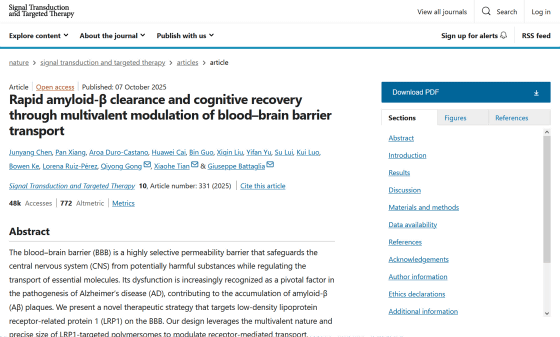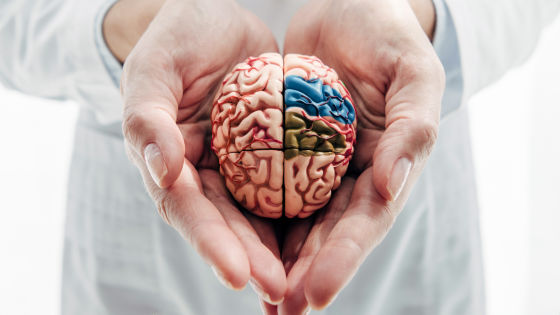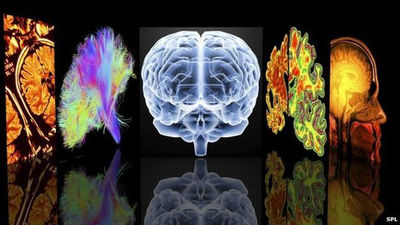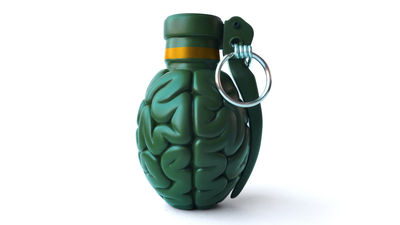A new treatment has emerged that can remove large amounts of substances related to Alzheimer's disease from the brain in just a few hours

Alzheimer's disease is a neurodegenerative disorder that causes a decline in memory and cognitive function, and is characterized by the accumulation of
Rapid amyloid-β clearance and cognitive recovery through multivalent modulation of blood–brain barrier transport | Signal Transduction and Targeted Therapy
https://www.nature.com/articles/s41392-025-02426-1

Scientists reverse Alzheimer's in mice using nanoparticles - Institute for Bioengineering of Catalonia
https://ibecbarcelona.eu/consiguen-revertir-el-alzheimer-en-ratones-con-el-uso-de-nanoparticulas
New Alzheimer's Treatment Clears Plaques From Brains of Mice Within Hours : ScienceAlert
https://www.sciencealert.com/new-alzheimers-treatment-clears-plaques-from-brains-of-mice-within-hours
The Alzheimer's disease treatment developed by an international research team focuses on the blood -brain barrier, a physiological barrier that separates the brain's blood system from the rest of the body. While the blood-brain barrier prevents pathogens and toxins from entering the brain, it also prevents various drugs from reaching the brain. Previous researchers seeking treatments for Alzheimer's disease have sought ways to overcome the blood-brain barrier, such as by using tiny nanoparticles.
However, the research team in this study viewed the blood-brain barrier not as a hurdle to be overcome but as a dysfunctional tissue to be repaired. Instead of trying to somehow deliver drugs to the brain, they adopted an approach that helps remove waste products from the brain.
One of the major problems in Alzheimer's disease is the failure of the brain's system for removing toxic substances such as amyloid-β plaques. Normally, low-density lipoprotein receptor-related protein 1 (LRP1) binds to amyloid-β protein and crosses the blood-brain barrier. However, if the binding between LRP1 and amyloid-β protein becomes too strong or too weak, removal is impaired, resulting in the accumulation of amyloid-β protein in the brain.

The research team developed nanoparticles that target LRP1 and devised a treatment that normalizes the clearance of amyloid-beta protein. To test the effectiveness of the treatment, they conducted animal experiments using mice genetically programmed to produce large amounts of amyloid-beta protein and exhibit cognitive decline mimicking Alzheimer's disease.
In the experiment, mice with cognitive decline were given three doses of the nanoparticle drug and periodically monitored for pathology and amyloid-β protein accumulation. The results showed that amyloid-β plaques were reduced by nearly 45% within hours of the first drug administration.
Furthermore, although the mice showed signs of cognitive decline before treatment, after three doses of nanoparticles they performed as well as healthy mice in spatial learning and memory tasks, and this cognitive improvement was reported to last for at least six months.
'The long-term benefits come from restoring the cerebral vasculature,' said Giuseppe Battaglia, lead researcher at IBEC. 'The accumulation of toxic molecules such as amyloid-beta protein drives the disease, but once the vasculature is functional again, the removal of amyloid-beta protein and other harmful molecules begins, restoring balance to the entire system. Remarkably, our nanoparticles appear to act like drugs, activating a feedback mechanism that returns this removal pathway to normal levels.'

This research is based solely on animal experiments, and it is unclear whether similar therapeutic effects can be achieved in human Alzheimer's patients. Nevertheless, it is hoped that this research may lead to the development of new treatments that repair the blood-brain barrier itself and remove amyloid beta protein.
Related Posts:
in Science, Posted by log1h_ik







